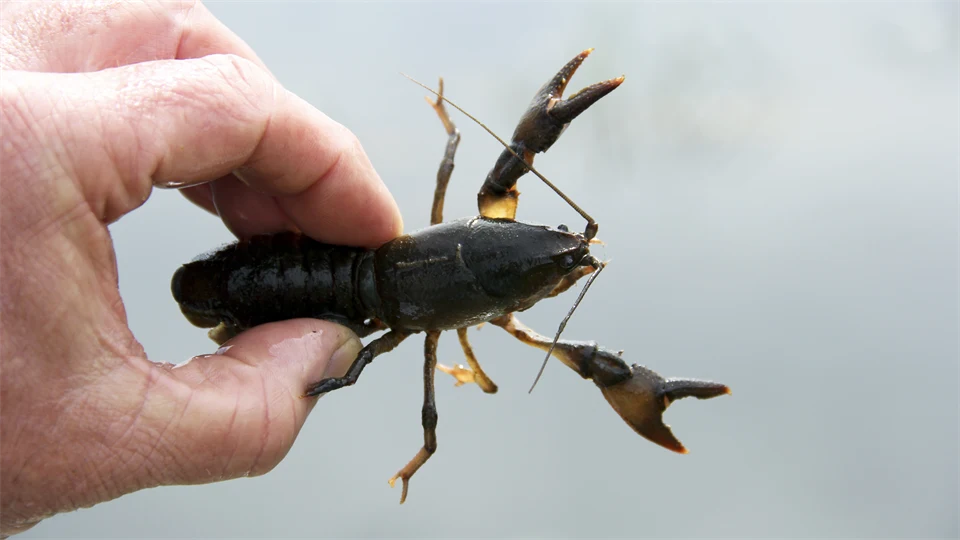Residual heat from industry can be the salvation for the noble crayfish in Ljungan
The critically endangered noble crayfish can be given new life in Ljungan – thanks to an unexpected collaboration between scientists, industry, fisheries conservation areas and the municipality.
On 30 September, a feasibility study will be presented in Ånge that shows how residual products from hydrogen production can be used to save noble crayfish.
The noble crayfish in Sweden and Europe is hard pressed by crayfish plague – a parasitic algae fungus that can wipe out entire populations in just a few weeks. The disease came to Sweden as early as 1907 via imported crayfish from Finland. Ljungan, which once had one of the country's strongest noble crayfish populations, was wiped out for unknown reasons in 1999. After extensive replanting, the population recovered, but in 2017 the plague struck again and wiped out the crayfish once again.
"Without active measures, it's over. The effort we propose is basically life-changing for the noble crayfish," says Jenny Zimmerman, who researches sustainable social development at Mid Sweden University and who has studied crayfish since 2007.
Industrial symbiosis – residual products become a resource
The new idea is based on so-called industrial symbiosis. The idea is that when hydrogen is produced in the planned hydrogen factory in Ånge, water is brought in from Ljungan to cool the processes. The water then returns heated and oxygen-rich – a residual product that can instead become a resource for crayfish farming.
"Crayfish grow faster in warmer waters, and the crayfish plague dies at high temperatures. This way we can ensure that there are crayfish that can move out into Ljungan if the crayfish plague were to strike again," explains Jenny Zimmerman.
For the future of the crayfish party – and rural development
The project is a collaboration between Mid Sweden University, Ånge municipality, the Fisheries Conservation Group in Ånge and the hydrogen industry. The idea is to preserve the noble crayfish – but also to strengthen the quality of life in the area.
"Fishing for crayfish is part of our culture and makes a place more attractive to live and work in. Industry wants to attract labour, the municipality wants to develop the countryside, the fisheries conservation areas can fish for noble crayfish and we want to save an endangered species. Everyone wins," says Zimmerman.
Open seminar in Ånge
The results of the feasibility study will be presented on 30 September in the council hall, Ånge municipal hall. A seminar for professionals will be held from 13:00 to 15:30, and from 18:00 to 20:30 there will be a seminar open to the public.
The Hydrogen and Crayfish project is funded by the project partners and Formas.
Contact

